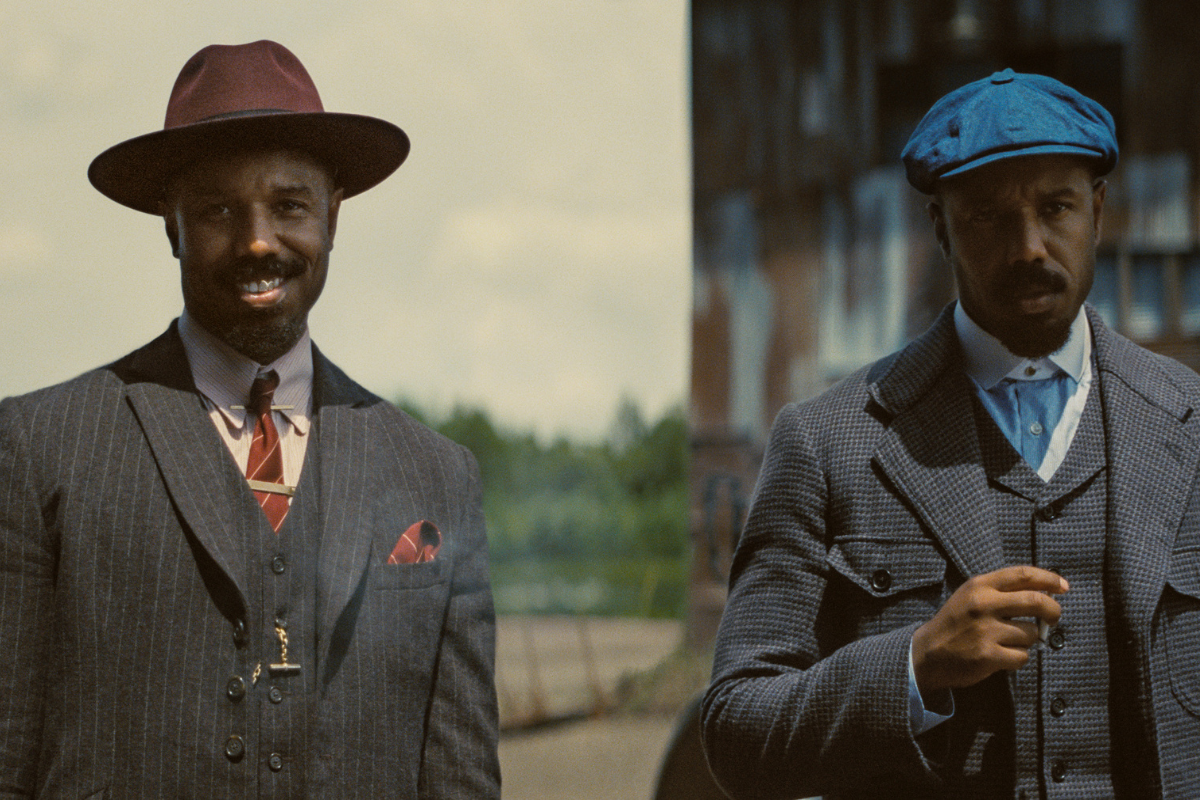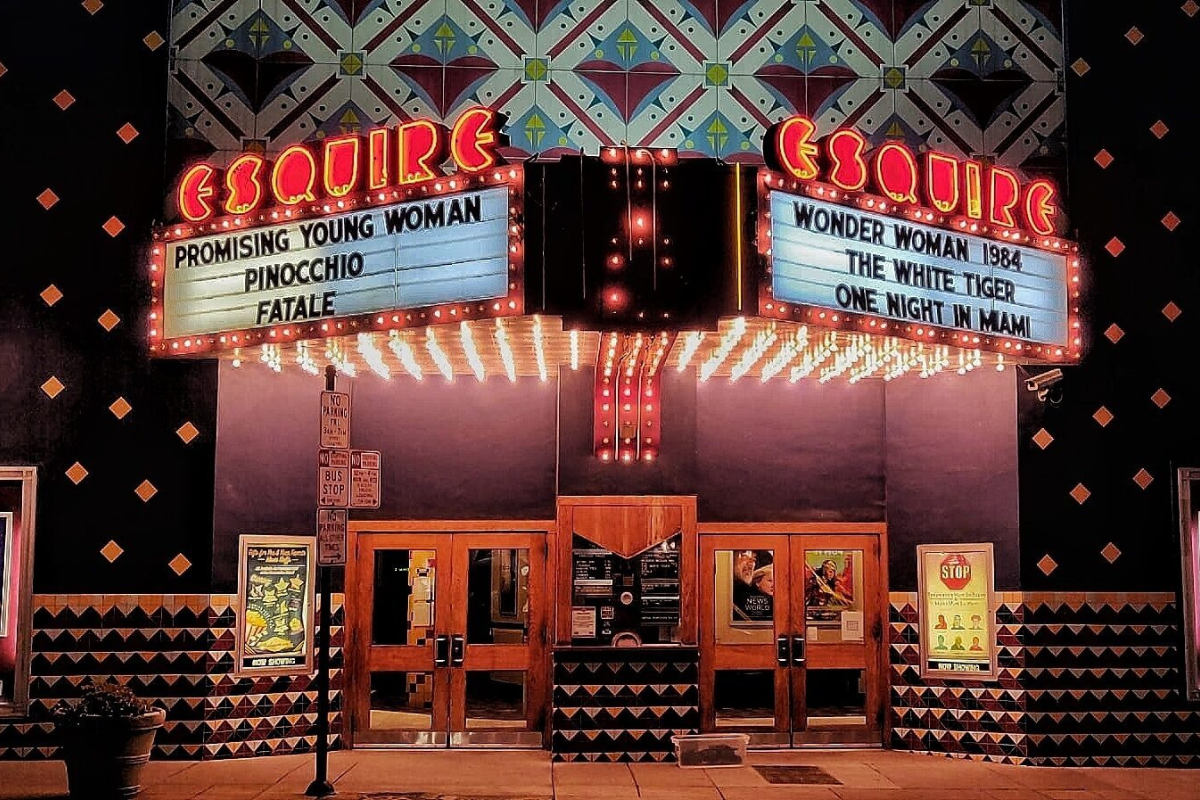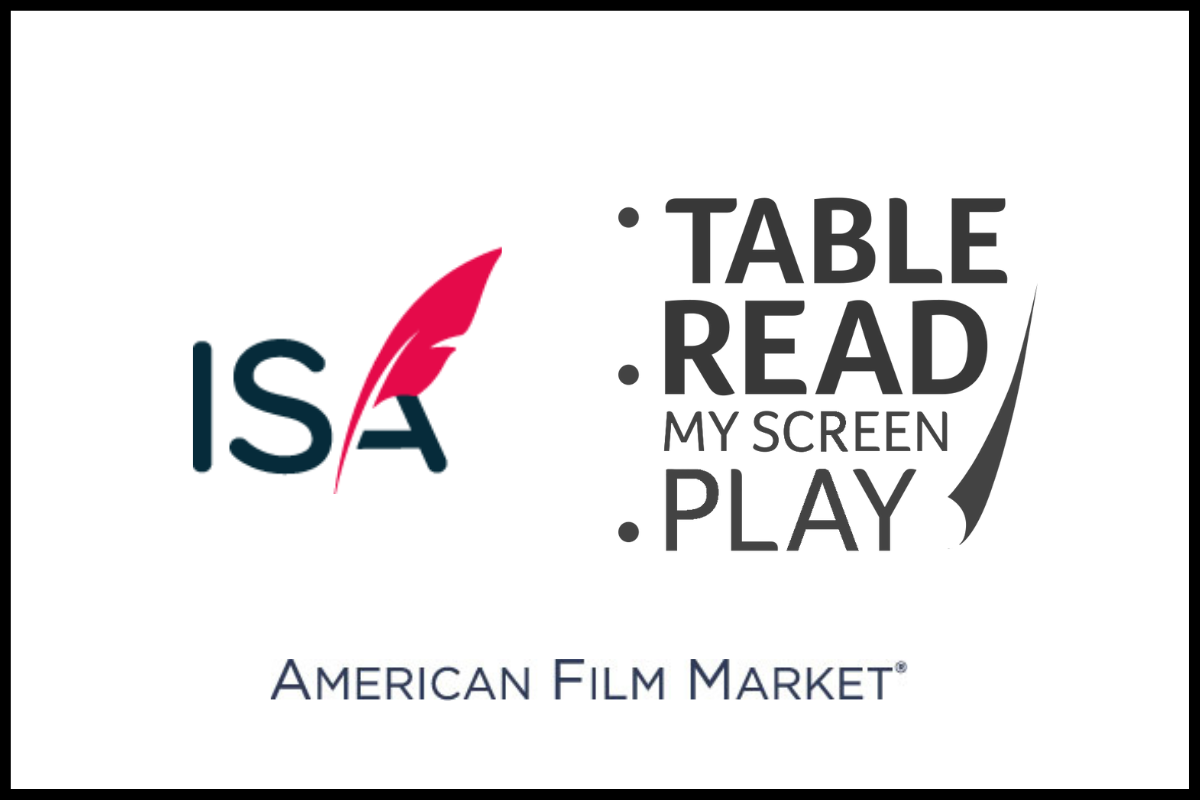Writing Wrap Up: Movie Ticket Prices, First 5 Pages
Industry Incidentals – Film Industry News About Movie Ticket Prices What would you pay for a premium movie ticket? And what would you expect to receive? Why do we care?…
Industry Incidentals - Film Industry News About Movie Ticket Prices
What would you pay for a premium movie ticket? And what would you expect to receive? Why do we care? Here’s why.
At the end of last year Tokyo, Japan, topped the charts for the most expensive trip to the cinema, at $43 for two (just the tickets, no snacks).
This summer, ‘Mega Ticket for $50’ was a promotion put on by Paramount and Regal Theaters with World War Z, then at Cineplex theaters for Pacific Rim in North America. The competing ‘Super Ticket’ and ‘Mega Ticket’ packages include a combination of a screening in the theater, some snack and one of the first copies of the download or DVD, and extra features, such as a poster or song download.
If you don’t care about movie prices, you should. Working in the entertainment industry and writing movie scripts means that pricing is a development that will affect you. Pricing of theater tickets will impact which films get made, because this business combines show and businesses.
What does it mean if theater ticket prices go up? Quite possibly, fewer people will rush out and see movies in the theater, audiences will chose more carefully the films that they do see. Thus, smaller audiences.
We know there is a market for gigantic budget films with huge stars (look at the summer blockbuster model) and those films are gigantically expensive to make. They must make money in the theaters, if only to create the momentum for sales in all other markets. Then there are the less expensive films to make. Those are less risky, in that it’s a shorter distance to profit.
First things first – your first 5 pages of a full length feature script [starrater tpl="10"]
Or, how to set the stage for your movie and keep us guessing
How does your movie start? Tailoring that ‘first impression’ that your writing makes is key to keeping the reader turning the pages and seeing the story in their mind’s eye.
Today we’re taking a micro look at the first 5 pages of your script. If your logline, synopsis or verbal pitch was compelling, you’re fortunate to have someone reading the actual script. You have about 2 pages to grab their attention and 5 pages to keep them reading because the writing is provocative.
Maybe you struggle with reading your work objectively, but you can definitely learn how to do so, and improve your writing and evaluation skills.
Homework optional: How to build your writing evaluation muscles
1. Look at the first 5 pages and identify the 5 Ws.
Where – where is the world of the story?
When – when in time is it taking place?
Who – who do we care about thus far?
What – what seems to be happening?
Why – why will the reader keep reading?
2. Are there vivid visual details?
Our brains are 50% visual, according to prominent neuroscientist, Dr. Daniel G. Amen. Your reader needs to ‘see’ what’s going on in the tale. This is a bit of a dance in that the description doesn’t hold the plot back.
In SILVER LININGS PLAYBOOK, the story starts in Pat’s room in the psychiatric ward where he is speaking aloud, his feelings about his love Nikki, and Sundays and his hopes for the relationship.
INT. KAREL PSYCHIATRIC FACILITY/PAT’S ROOM - DAY
After we hear his thoughts, visual details are revealed in the room that tell us a little about Pat.
See glimpses of Pat's room: mayonnaise jar filled with water, black trash bag strewn on the bed, handwritten sign taped to Pat's wall, "EXCELSIOR".
This indicates that Pat is a little odd, how odd, we don’t know. A couple of lines later we see Pat take a pill obediently from an orderly, then spit it out when nobody sees him. The writer (David O. Russell) could have shown us Pat arguing about taking his pill and refusing to take it.
INT. PSYCHIATRIC FACILITY/ DISPENSARY – DAY
PAT HOLDS SMALL PAPER CONTAINER WITH PILL.
TIPS HIS HEAD BACK AND DUMPS THE PILL INTO HIS MOUTH.
DRINKS WATER, OPENS MOUTH WIDE AND STICKS HIS TONGUE OUT to show he swallowed.
PAT WALKS, SPITTING OUT THE PILL. PILL LANDS ON FLOOR.
The fact that Pat just accepts it without incident, then spits it out secretly shows us that Pat has an issue with authority, doesn’t taking certain pills, and is smart enough to follow the system and do whatever he wants rather than fight the system.
Plus, it’s a little funny.
These visual details reveal character quickly, add humor, and give us a sense of where Pat is, who he is, and spur us to turn the page.
A great way to dissect the first 5 pages of your script is to read scripts of movies you like that you remember the opening. The production company Embryo Films purports that they could recognize a well written script from a logline, and the first 5 pages, which makes sense.
“In the year 2000, Embryo Films began seeking unsolicited screenplays. Within 6 months, we had a stack so high it would be impossible to read everything. Fortunately, we quickly discovered that we could determine if something wasn't viable within the first 5 pages.”
Any potential buyer of your work will either be hooked quickly, or not at all, so evaluate and tighten your first 5 pages to keep us hooked!
What are your FAVORITE FIRST 5? I'd love to know - shoot me an email at Paula@PaulaLandry.com
Copyright © 2013 PAULA LANDRY
Related Articles:
- More Writing Wrap Up articles by Paula Landry
- Create a Professional Read by Learning the Art of Film Narrative
- Structure and Breaking In: An Interview with Syd Field
Tools to Help:
- Complete list of all the screenwriting books by Syd Field
- Dan O’Bannon’s Guide to Screenplay Structure: Inside Tips from the Writer of Alien, Total Recall & Return of the Living Dead
- The Essential Elements of Screenplay Structure: Get Your Story Straight On Demand Webinar by screenwriter of What Women Want, Diane Drake
Paula Landry, MBA, is a writer/producer and consultant helping artists find deeper meaning in their work and create strategies to stay inspired, fusing business & creativity. Landry creates media business plans, marketing plans, movie budgets, coaching artists and teaching film business classes at NYU, SVA, Wagner College, The Actors Fund and MCNY. She’s co-authored The Business of FILM and Sell Your Screenplay in 30 Days, and is the author of Scheduling and Budgeting Your Film. Clients include Christie’s, Forbes, EW, GQ, Pearson TV, Game Show Channel to name a few. Her films have debuted at Sundance, CineVegas, winning awards from Columbia Pictures Screen Gems, Time Warner Showtime Audience Award, and WorldFest Houston Film Fest. Connect via LinkedIn, @paulalandry on Twitter, email: paula@paulalandry.com or Facebook #filmdreamers #mediaentrepreneurs #aflickchick







